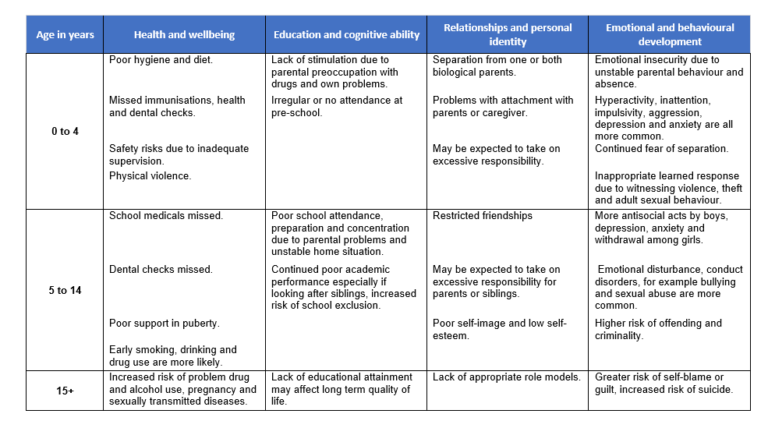Home / Healthcare & Medicine / Drugs and Addictions / Identifying and Responding to Drug and Alcohol Addiction in Nursing, Midwifery and Allied Healthcare Practice / Family members and addiction, risk and protective factors from birth to adulthood
This article is from the free online
Identifying and Responding to Drug and Alcohol Addiction in Nursing, Midwifery and Allied Healthcare Practice


Reach your personal and professional goals
Unlock access to hundreds of expert online courses and degrees from top universities and educators to gain accredited qualifications and professional CV-building certificates.
Join over 18 million learners to launch, switch or build upon your career, all at your own pace, across a wide range of topic areas.









